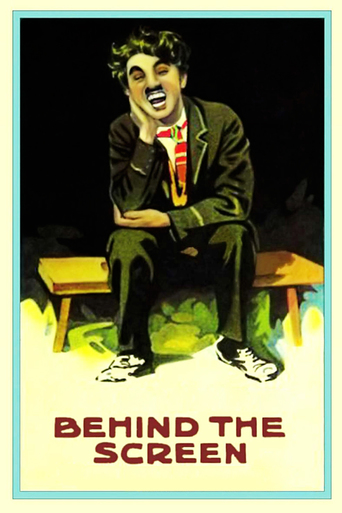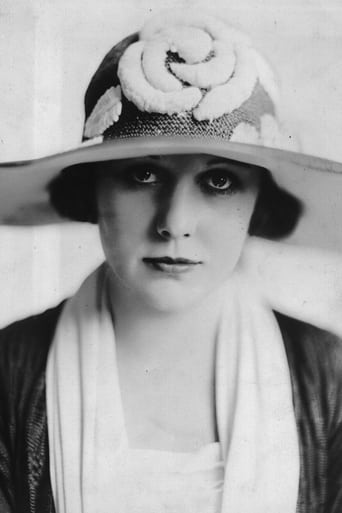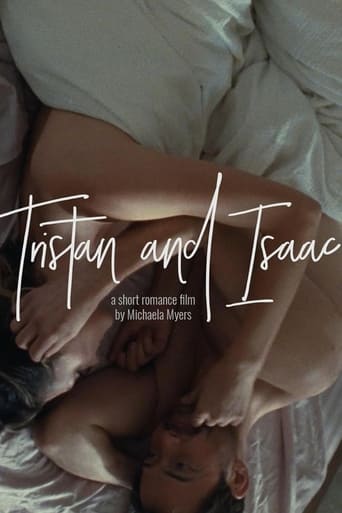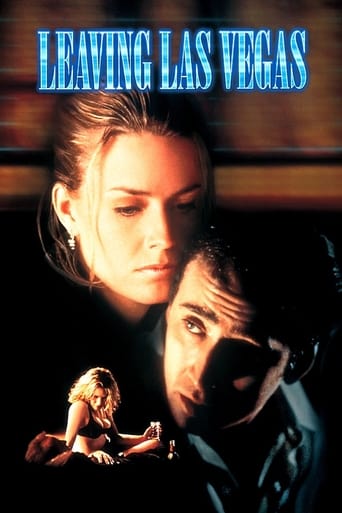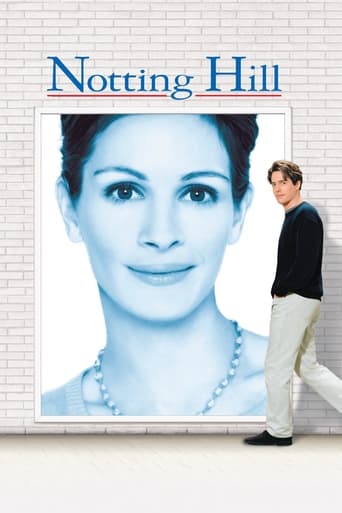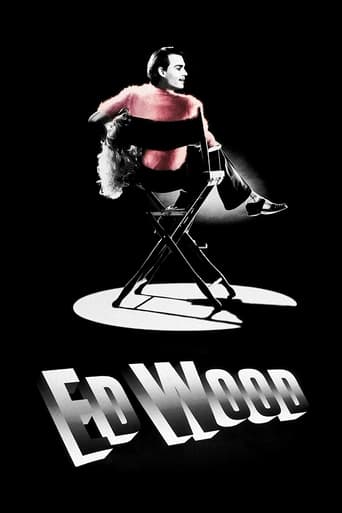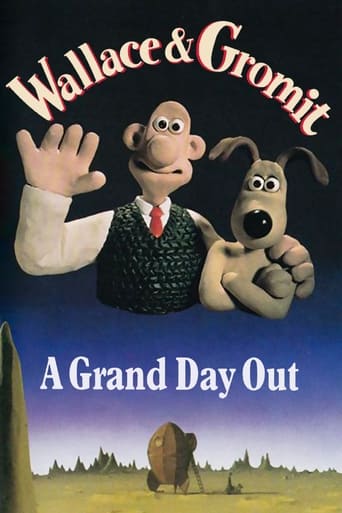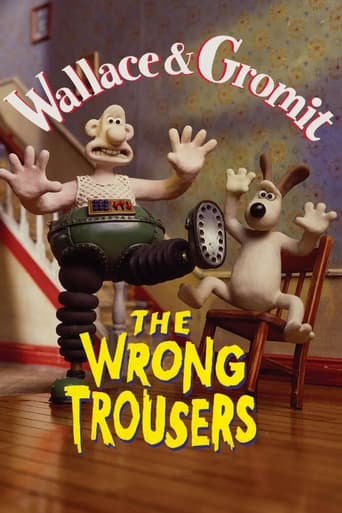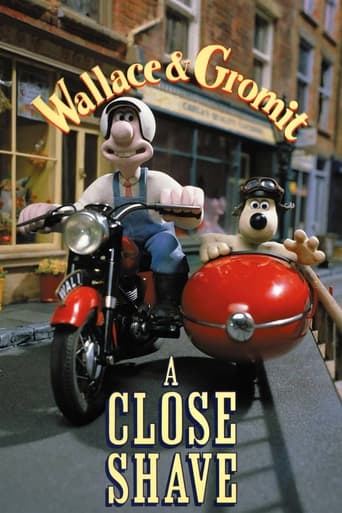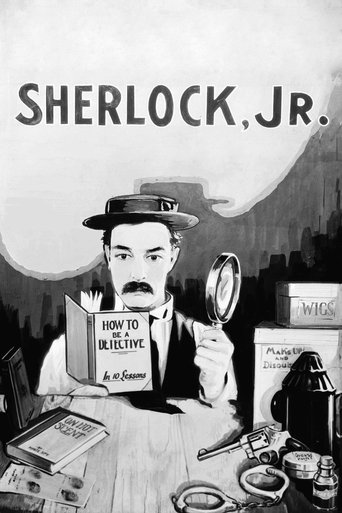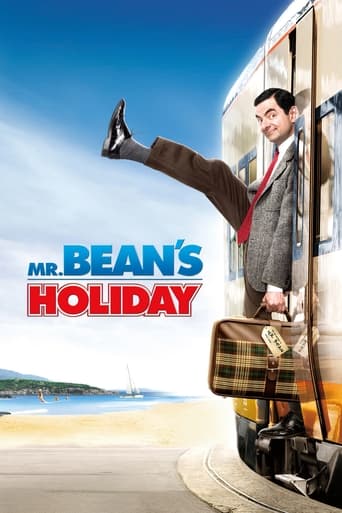Behind the Screen (1916)
During the troubled shooting of several movies, David, the prop man's assistant, meets an aspiring actress who tries to find work in the studio. Things get messy when the stagehands decide to go on strike.
Watch Trailer
Free Trial Channels
Cast


Similar titles
Reviews
People are voting emotionally.
Am I Missing Something?
There are moments that feel comical, some horrific, and some downright inspiring but the tonal shifts hardly matter as the end results come to a film that's perfect for this time.
This movie feels like it was made purely to piss off people who want good shows
Am a big fan of Charlie Chaplin, have been for over a decade now. Many films and shorts of his are very good to masterpiece, and like many others consider him a comedy genius and one of film's most important and influential directors. From his post-Essanay period after leaving Keystone, 'Behind the Screen' is not one of his very best but is one of his best early efforts and among the better short films of his. It shows a noticeable step up in quality though from his Keystone period, where he was still evolving and in the infancy of his long career, from 1914, The Essanay and Mutual periods were something of Chaplin's adolescence period where his style had been found and starting to settle. Something that can be seen in the more than worthwhile 'Behind the Screen'. The story is more discernible than usual and is never dull, in fact it is quite eventful without being too busy. The romance is sweet enough and the chemistry is definitely there, part of me felt though that it was not needed.On the other hand, 'Behind the Screen' looks pretty good, not incredible but it was obvious that Chaplin was taking more time with his work and not churning out countless shorts in the same year of very variable success like he did with Keystone. Appreciate the importance of his Keystone period and there is some good stuff he did there, but the more mature and careful quality seen here and later on is obvious.While not one of his most hilarious or touching, 'Behind the Screen' is still very funny with some clever, entertaining and well-timed slapstick, didn't mind that the pathos wasn't there as it was not the right kind of story. It moves quickly and there is no dullness in sight. The ending is one of the best and funniest ones of Chaplin's early work.Chaplin directs more than competently, if not quite cinematic genius standard yet. He also, as usual, gives an amusing and expressive performance and at clear ease with the physicality of the role. The supporting cast acquit themselves well, particularly Eric Campbell. Edna Purviance is charming and her chemistry with Chaplin is beautiful, even if it did feel she was there to provide the "obligatory" love interest.Overall, very enjoyable. 8/10 Bethany Cox
Behind the Screen stars Charlie Chaplin as a stagehand on a movie set. Chaplin is overworked and under-appreciated and his boss (Eric Campbell) spends most of the time asleep, leaving Chaplin to do the heavy lifting. Meanwhile a young woman (Edna Purviance) is trying to get her big break as an actress but is turned down so dresses up as a male stagehand in order to have at least some involvement in the movies. At the same time the fellow stagehands go on strike for being woken up by a studio boss and plot their revenge This isn't one of the funniest Mutual shorts but it certainly has one of the better plots. It's multi layered and features side plot as well as the main narrative. It is also an opportunity to see behind the scenes of an early movie set in much the same way as His New Job, Chaplin's first film for Essanay a year earlier. What the film is most famous for now though is its forthright joke about homosexuality, a subject which was barely mentioned in cinema for another fifty years.The scene in question comes late on when Chaplin discovers that the new stagehand is actually a woman. In a cute scene, Chaplin sneaks a couple of pecks on the lips. The start of a romantic relationship is interrupted though by the appearance of Eric Campbell who not knowing Edna Purviance is a woman, believes the two hands to be gay men. He starts prancing around in an effeminate way which today feels quite offensive. The fact that homosexuality was even mentioned though, no matter how insignificantly, was very bold. The same scene also features probably the defining image of the film, Chaplin's and Purviance's faces squished together, looking forward towards the camera, Chaplin with a trademark cheeky grin.In terms of comedy, the film is a little short. There are of course funny moments which include a use of a trap door and a pie throwing finale. For me the funniest scene came when the stagehands were eating lunch. Chaplin was sat next to a man eating onions and to escape the smell put on a knights helmet, lifting the visor briefly to stuff bread into his mouth. During the same meal Chaplin tries to steal the meat which the same man is eating and when discovered, pretends to be a begging dog. There is plenty of slapstick to be found here also with large props producing most of the laughs. One fantastic act sees Chaplin pick up about eleven chairs and sling each one over his arm, giving him the appearance of a hedgehog or porcupine. This isn't enough for the poor stagehand as in his other arm he also carries a prop piano. It's very clever and looks incredibly difficult. The scene felt familiar to me but I don't know if that's because Chaplin repeated the stunt for a later film or because I've seen that clip before.One interesting thing about Behind the Screen is getting a glimpse of an old movie set. A surprising aspect of this is finding two separate productions sharing the same stage. As noise made little difference to what the final picture looked like it was possible to have multiple movies being filmed in close proximity. Here Chaplin works on a set of what appears to be a medieval palace which is right next to a farcical comedy set in a police station. As you can probably guess, Chaplin ends up interrupting both at various times before completely destroying both towards the end. The final shot itself is also surprising in its violence. Although no blood, body parts or death was seen, it was still not what I was expecting to end a short comedy.www.attheback.blogspot.com
"Behind the Screen" is an excellent Charlie Chaplin short feature, with plenty of good slapstick and much more. The setting, with Charlie working as a hired hand in a movie-making operation, lends itself to a lot of good comedy, and there are plenty of standard gags plus a lot of material that creatively uses the props and situations of the setting. It also works very well as a self-satire of the industry (as suggested by the title), making some subtle and other not so subtle points. Finally, there is some nice interplay between Charlie's character and his superiors, especially his burly, brutish immediate supervisor, played by Eric Campbell, an amusing actor who was one of Chaplin's best supporting players.Most of these earlier Chaplin films (referring to 1914-1916, the years when he made the majority of his short features, making ten or more each year) do not get very high ratings. It's true that some of them are mostly routine slapstick, but there are also a few gems like this one that combine slapstick with substance. Most of the movies from these years can be rather hard to watch, because the film often survives in poor condition, and so it's understandable that even the best ones might not always stand out as clearly from the rest. But this one is a fine film, and definitely recommended for Chaplin fans.
Chaplin plays the part of David, the lowly assistant to the oafish stage hand Goliath, and as is to be expected, everything goes wrong in the most hilarious ways. Being an early short Chaplin comedy, a good portion of the comedy is slapstick, with such elaborately acted scenes as the one with the stage pillar prop that just would not seem to stand up. Poor David works like a slave for the lazy Goliath, but at first, he just keeps messing things up - he just can't seem to do anything right. But later, when he starts working really hard and doing things right, his boss always walks in just as he sits down to rest, and he gets into trouble for loafing on the job, and Goliath, who spends most of his time sleeping, gets all of the credit for David's work.Not only does this film satirize the falsity of film and stage, but it also goes into actual filming, in the surprisingly effective pie throwing scene. Eventually, all of the workers go on strike, leaving only David and Goliath on stage and, as is common in Chaplin's films, he ends up the victor as a result of some inadvertent events concerning a trap door and a lot of guys fighting. The ending of this film is unusually violent for a generally light Chaplin comedy, but the comedic value is never diminished.

